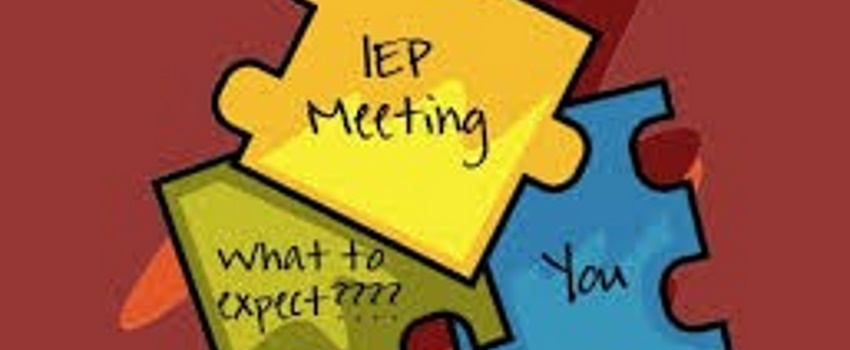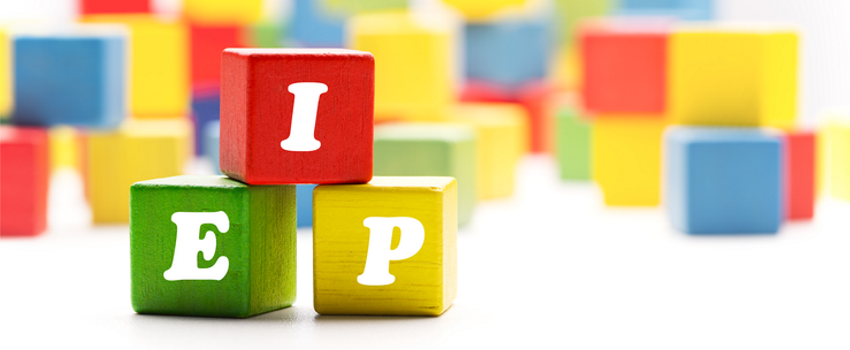
Individual Education Plans

What is an Individualized Education Program (IEP)?
An IEP is a detailed description of the instruction and services a student with disabilities needs in order to receive a meaningful education. The individualized education program, or IEP, is a document that describes the specific special education services that a child will receive. An IEP is a legal document and students are entitled to receive all of the services outlined in the IEP. An IEP should be tailored to a child and his or her educational needs, and it can include creative strategies for delivering services.
- IEP Must Include
- IEP Development
- IEP Contribution
- Behavior Issues
- IEP Review or Revision
- Service Environment
- Transition to Adult Life
IEP Must Include
The IEP Must Include:
- A statement of the student's current levels of educational and functional performance
- Annual educational goals
- A statement of how a child’s progress will be measured and when periodic reports of progress will be provided
- Descriptions of all of the services a child will receive both in the general education classroom setting and in a special education setting
- A description of “related services” the student will receive such as speech and language therapy, transportation, and counseling
- A description of all program modifications to be provided
- A determination of whether the student needs assistive technology devices and services
- A decision on eligibility for adaptive PE, and if eligible, how it will be provided
- A description of how the student will participate in general education classes and activities, and if not, why
- Any accommodations the student will have for taking extended school year services
- Aversive interventions, if any, required for the student
- The location, duration, and frequency of services to be delivered
- Dates on which services will begin
- Beginning not later than the IEP to be in effect when the student turns 16, or younger if determined appropriate by the IEP Team:
- Appropriate measurable post-secondary goals
- Transition services needed to assist the student in reaching those goals
In addition, students who take alternate assessments must also have the following included:
- A description of benchmarks or short term objectives
- A statement of why the student cannot participate in the regular assessment
- A statement of why the particular alternate assessment is appropriate